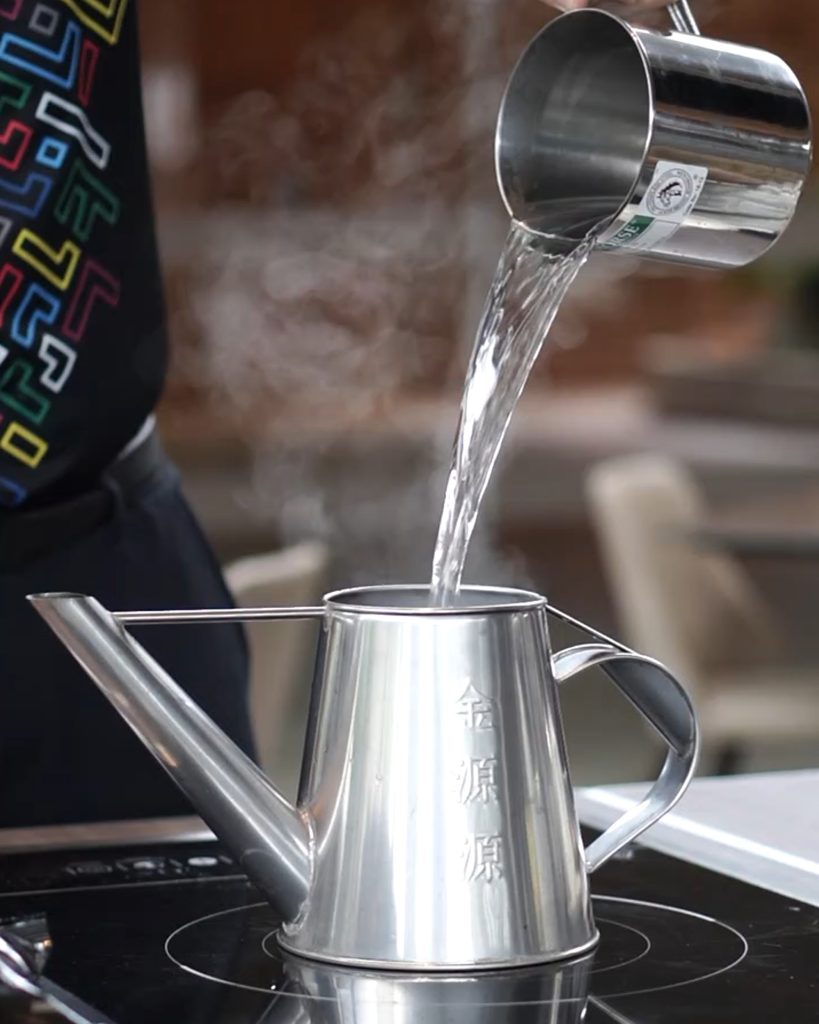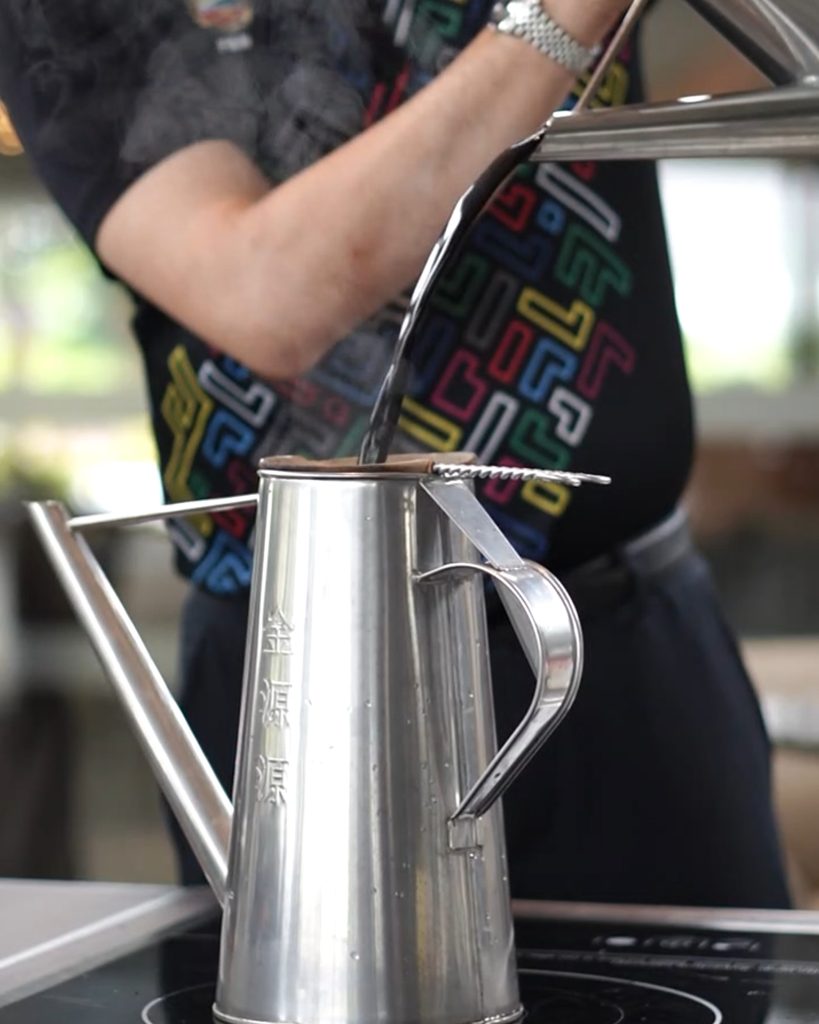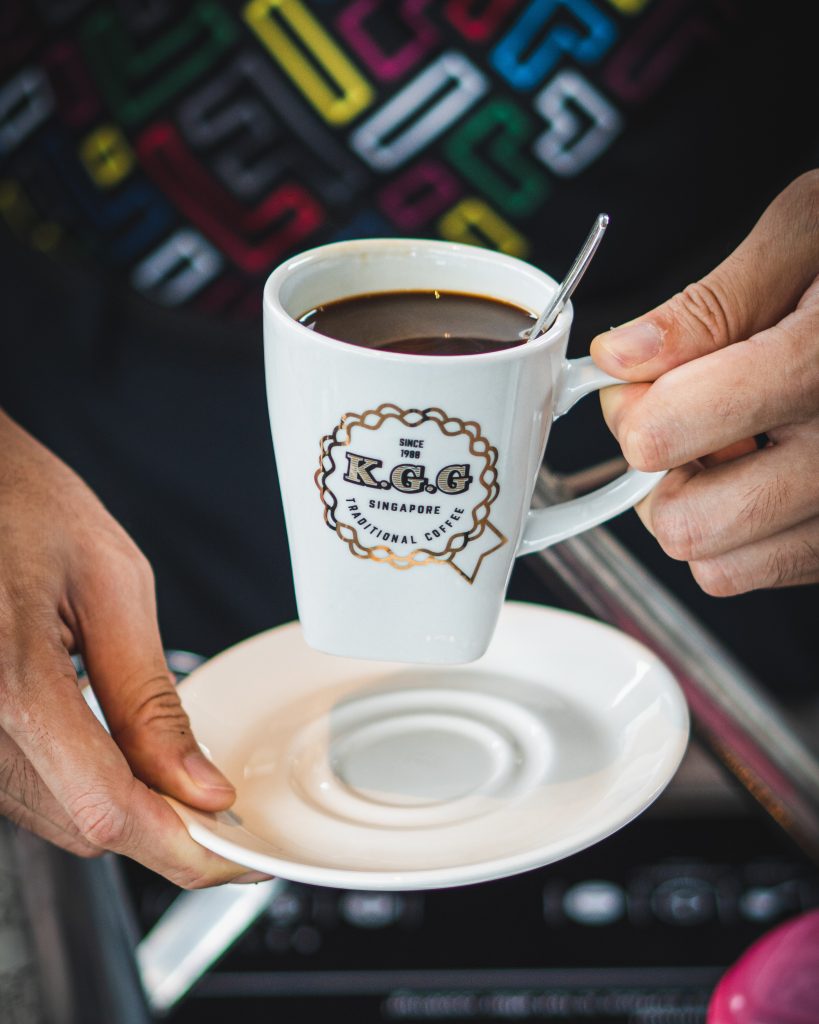In the bustling city of Singapore, there exists a cultural bond that runs deeper than the love for just any drink. It is a connection that weaves through generations, uniting the young and old. And that is “Kopi” (pronounced ‘Co-peeh’), the go-to drink that many locals kickstart their day with.
For non-locals, you might be wondering what “Kopi” is, but it is never too late to learn the lingo.
The word “Kopi” is derived from the Malay language, and it simply means Coffee.
You might also ask what is “Kopitiam” then? Now that you know “kopi” means coffee, “tiam” is the Hokkien (or Fukienese) word for shop. Hence, Kopitiam translates literally to “coffee shop”.
More Than Just a Caffeinated Beverage
The history of kopi in Singapore can be traced back to the early 19th century when Chinese immigrants introduced the coffee culture to the island. As a trade hub and free port in maritime Southeast Asia, its coffee culture has been influenced by immigrants and merchants from around the world for hundreds of years.
They brought along traditional coffee beans and brewing methods that soon evolved to cater to the local palate.
Kopi represents a shared heritage, a way of life, and a sense of belonging for the people of Singapore. In fact, a reflection of Singapore’s rich polyglot culture.
Bringing Kopi Closer to TMCC Members
The F&B team has recently introduced a new local coffee, replacing the regular Espresso blend with a 100% Nanyang Robusta coffee bean variety that is roasted with butter and sugar. This change now offers Members local coffee with an authentic Singaporean Nanyang Roast, boasting captivating aromas from the caramelised coffee beans and an enchanting taste that delights your palates.
Let’s find out how TMCC brews coffee the traditional way:





The Coffee Language
Ordering a cup of kopi can be an art. The lingo used to specify one’s coffee preferences is a language unique to Singapore.
In its default form, a kopi is served with carnation milk in it. Alternatively, you have the option to customise your kopi at TMCC dining outlets:
Kopi: Black Coffee with condensed milk
Kopi Peng: Sweet black coffee with condensed milk and ice
Kopi O Siew Dai: Black coffee with less sugar
Kopi-O: Sweet black coffee
Kopi-Kosong: Unsweetened black coffee
Kopi Kosong Peng: Unsweetened black coffee with ice
Kopi-O Peng: Sweet black coffee with ice
Kopi Gah Dai: Black coffee with extra condensed milk
Kopi Po: A weaker coffee with condensed milk
Kopi Gau: Strong coffee with condensed milk
Kopi-C: Coffee with unsweetened evaporated milk (the C is for Carnation); but they’ll still add sugar
Kopi Ta Bao: To-go or takeaway

